

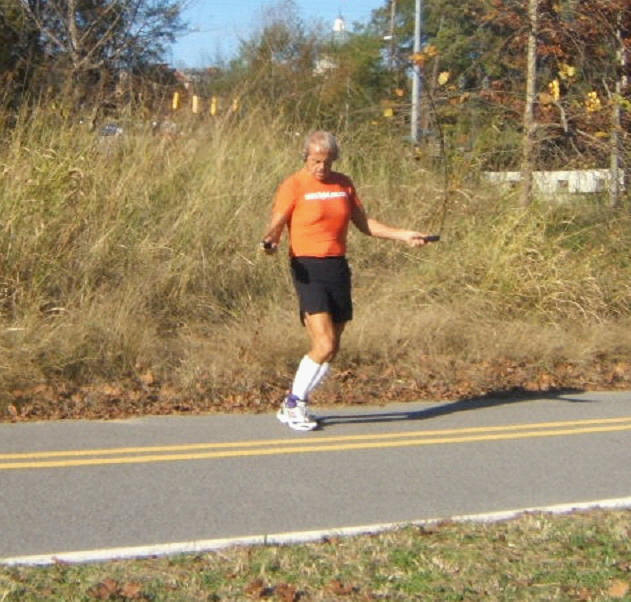
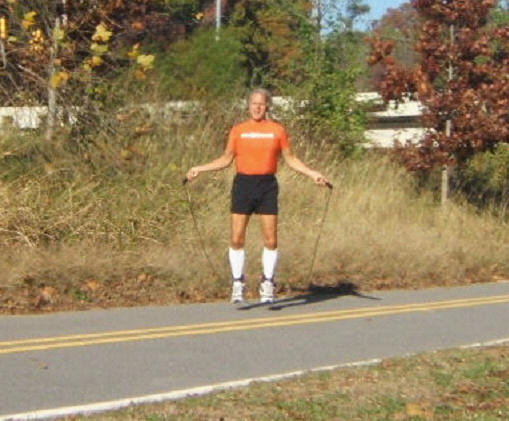

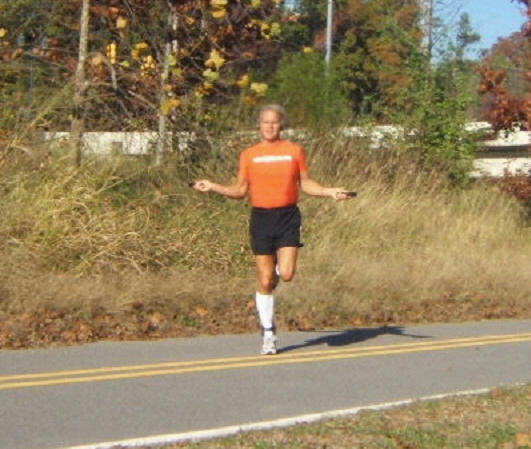
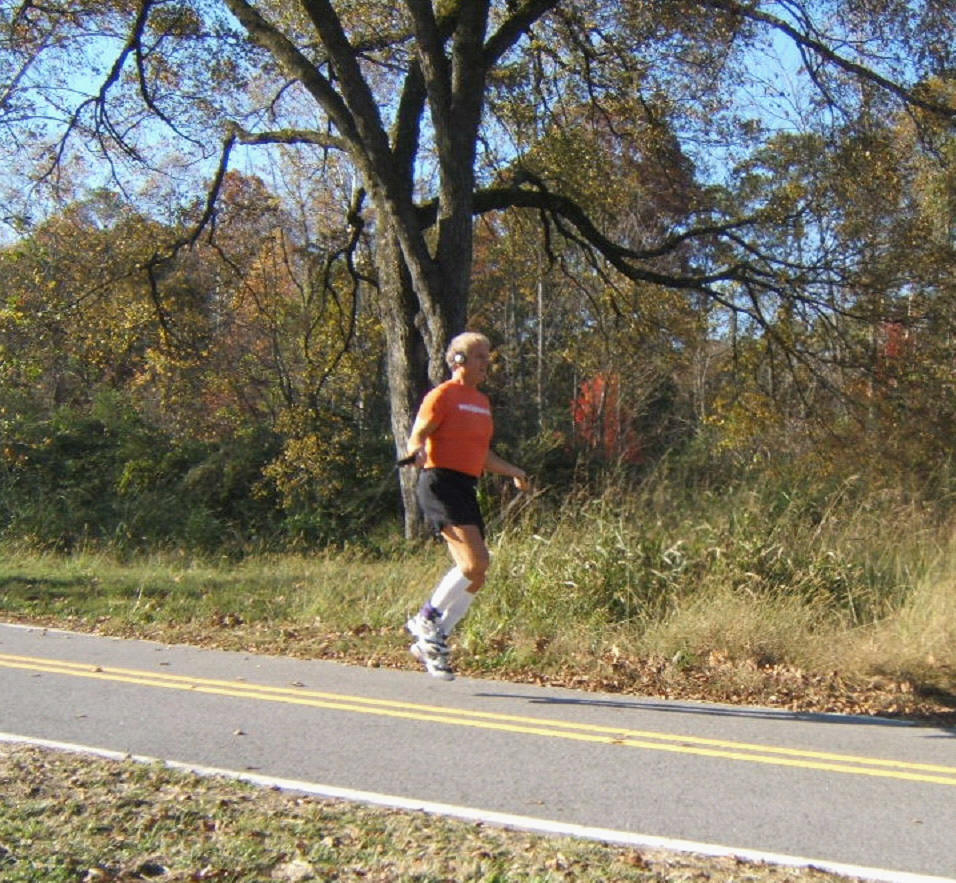
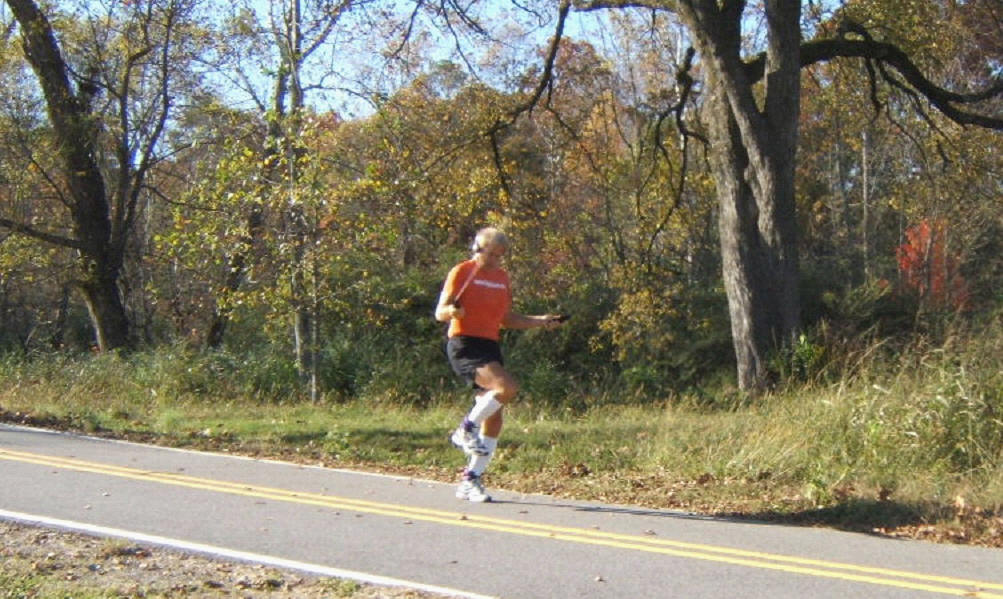
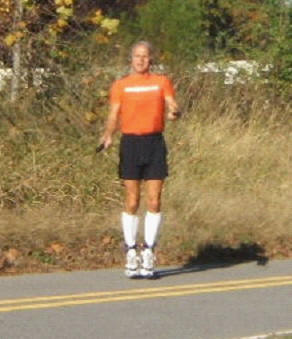
Mike Sawyer jumping rope on November 18, 2006-- Iron Bowl Day for the Auburn vs. Alabama football game
http://www.americanheart.org/presenter.jhtml?identifier=3014813#_ftnref2
Jumping Rope May Be an Ideal Brain Exercise
Jump Rope For Heart Program May Improve Student Performance
“Physical activity is good not only for the heart, but also for the brain, feeding it glucose and oxygen, all of which makes it easier for children of all ages to learn. Numerous studies show that children who exercise do better in school.”[1]
Education is in the age of standards-based assessment. Students experience learning and make connections based on curriculum that is designed with specific academic objectives in mind. Some of the most beneficial lifelong learning comes from real-life experiences that cannot be measured by paper and pencil tests alone. Problem solving, communication, goal setting, creativity, perseverance, risk taking and altruism are skills that help create productive, well-rounded citizens. The American Heart Association’s Jump Rope For Heart program can help students achieve many of the academic standards by encouraging them to engage in experiential learning strategies that anchor learning 90 percent better. Students also learn about important health and fitness practices that can lead to healthy, active, lifelong behavior changes.
Jumping rope is an excellent exercise for cardiovascular fitness, muscular endurance and coordination. Now researchers are learning that physical activity like jumping rope also prepares the brain for optimal learning. Current brain research supports the need for movement in the learning process. Here are just a few ways that jumping rope may help prepare the brain for learning.
“All things being equal, a healthy active student learns better”.[7]
[1]Begley, S. “ Your Child’s Brain”, Newsweek, Feb. 19, 1996
[2]Gage, R. and Van Pragg, H. “New Brain Cells,” Scientific American, May 1999
Please return home with a healthy heart